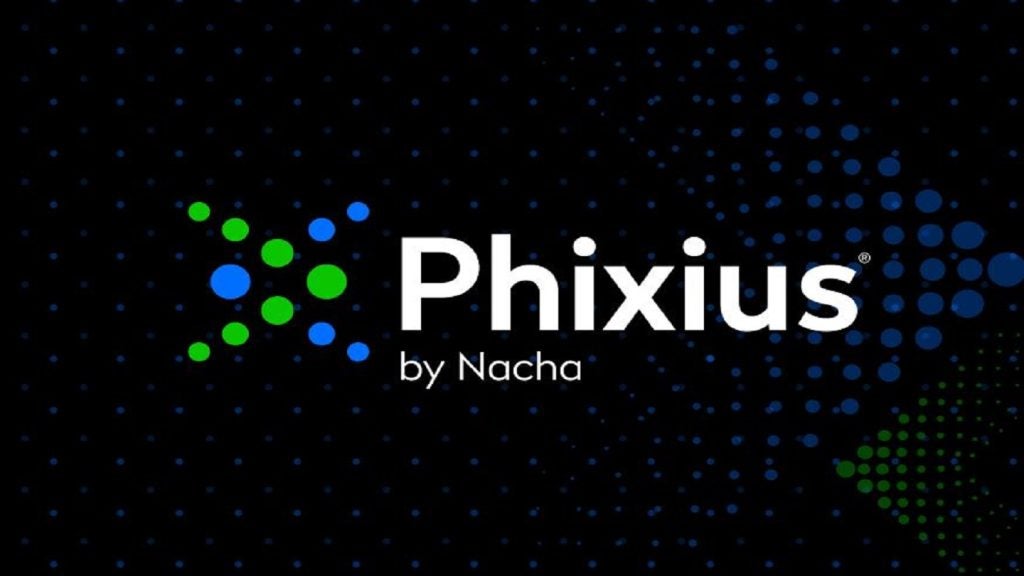
Project Rosalind demonstrates that a well-designed API layer could work with different private sector applications and central bank ledger designs. And the initiative confirms that a set of simple and standardised API functionalities could support a diverse range of use cases.
The completed initiative represents a joint experiment run by the BIS Innovation Hub London Centre and the Bank of England. It focussed around central bank digital currencies, developed 33 API functionalities and explored more than 30 retail CBDC use cases.
These use cases covered a broad range of domains for individuals and businesses. Examples include peer-to-peer transfers, retail payments for goods and services and small-value business transactions.
A diverse range of payment options were tested. These include making retail CBDC payments online, in stores and offline, with the use of near-field communication and via interactions with point-of-sale, QR codes, mobile phones, smartcards, biometric devices and smart assistants. Some of the use cases also explored private sector programmability and micropayments.
Project Rosalind: based on a two-tier CBDC model
The project looked at how a universal and extensible API layer could be developed to connect central bank and private sector infrastructures, facilitate payments in CBDCs and support innovation. It was based on a two-tier CBDC model where the central bank issues CBDC and provides the ledger infrastructure and the private sector offers user-facing services.
The project also experimented with and provided valuable lessons on many key aspects of a retail CBDC system. For example, API design, privacy models, security, standards, offline payments, private sector programmability, and ecosystem roles and responsibilities.

US Tariffs are shifting - will you react or anticipate?
Don’t let policy changes catch you off guard. Stay proactive with real-time data and expert analysis.
By GlobalDataProject Rosalind was delivered in collaboration with central banks, academia, and the private sector.
Quant partnered with digital transformation company, UST, on the project. Quant provided the underlying infrastructure and blockchain platform, secure smart contracts and interoperability of central bank ledgers. UST built the frontend Rosalind API layer.
Project Rosalind: Quant executive comments
Gilbert Verdian and Martin Hargreaves, CEO and product manager, respectively at Quant, were integral members of the project. They collaborated with the other participants on a day-to-day basis and commented on the Project Rosalind initiative.
Hargreaves told RBI: “It was a really positive project. The collaboration between the various participants worked well. We’ve now created real-world examples of how CBDCs could be integrated into our day-to-day lives. Each participating company suggested a few different use cases to test. We worked to add innovations to the core of each suggestion. This collaboration meant we could create a lot of high-impact applications of CBDCs through our approach of implementing novel ideas and programming each use case uniquely.
Gilbert Verdian, founder/CEO, Quant added: “The Bank of England and BIS chose Quant to provide the technology for Project Rosalind. Because of our history of innovation, expertise in financial services and deep experience in payments, previously running mission critical infrastructure, only we can do what the project needed from a technology partner and payments expert. For example, Quant invented the multi-party escrow system and a variety of other CBDC functionalities. This alone answered the question of why a CBDC? The multi-party lock differentiated a digital pound from a traditional pound. It determined how smart money using secure smart contracts embeds logic into money to transact in new innovative ways that are fit for the next generation of financial system.
‘Our expertise drove the project: Quant CEO
“Our expertise drove the project and we helped to shape the boundaries of what’s possible for a CBDC. We’re incredibly proud to have been recognised as a valuable partner in the CBDC space.
“One of the biggest benefits of CBDCs will be seen in the fight against fraud. They will equip central banks and commercial banks to tackle the fraud and financial crime challenges we have today with a new approach and technology. Fraud is constantly evolving and the tools and infrastructure we’ve been using to tackle fraud can’t keep up. CBDCs present an opportunity to embed fraud protection at the network level. They provide a holistic view of transactions to better spot patterns of fraudulent behaviour. CBDC have logic and can embed fraud checks into the transaction. This means that if you make a payment, the currency will assess the transaction and the recipient before the money moves. That provides the ability to have a higher baseline level of fraud protection at the network level – rather than moving the money immediately and then you realise you’ve been scammed.
“CBDCs are designed to co-exist with the traditional money system. But I predict that people will move to CBDCs out of preference. Once people experience the ease of CBDCs, and switch to the wave of new innovative banking applications and products powered by CBDCs, the friction, limitations and pain points of the traditional system will be too obvious to ignore.”







